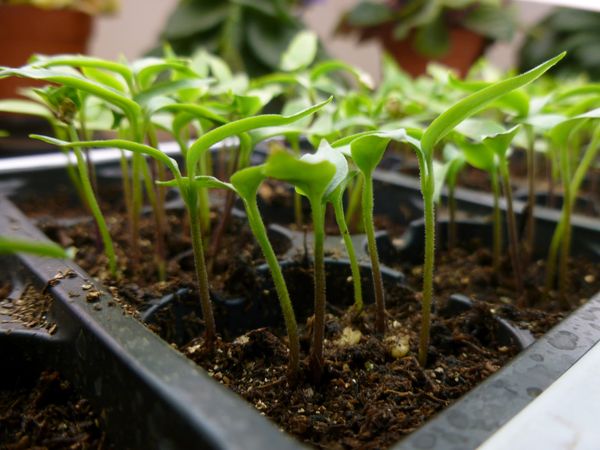To grow seedlings of pepper correctly is quite difficult. This is a time consuming process that takes a long time. Pepper has a fragile root system, the plant stems are thin and tender. Pepper pick has been used in agronomy for a long time; it helps to grow healthy and disease-resistant seedlings.
Table of contents
Why do I need to dive peppers
Due to the nature of the root system, pepper is much harder to tolerate transplanting than other vegetable crops.The seedling is restored long enough after planting and very sensitive to soil change. For this reason, many gardeners doubt whether it is worth picking such a fastidious vegetable.
Despite the existing disadvantages, there are advantages to picks. It gives pepper more space for root growth and increases the area for getting nutrients. The seedlings that are in a limited container as they begin to interfere with each other, growing rapidly, the roots can interlace with their neighbors, thereby making it difficult for them to transplant further.
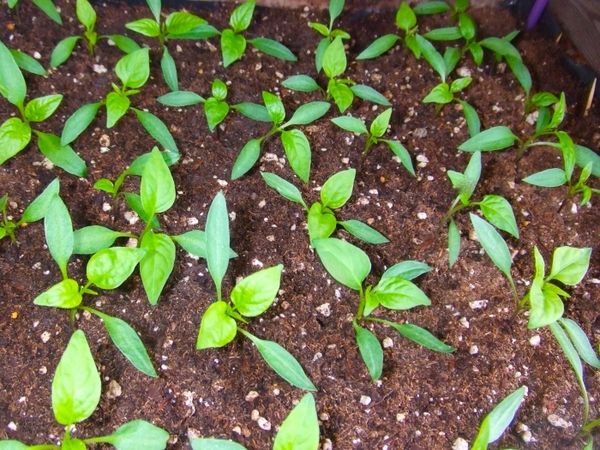
Advantages and disadvantages of diving seedlings
The main advantages of picks:
- Yield increase, thanks to the sowing of a large number of seeds;
- Prevention of breakage and weakness of the stem of the plant;
- Dive helps to grow a seedling material resistant to strong gusts of wind and with a strong root system;
- Significantly saves space from the beginning of cultivation to transplanting into the soil;
- Increases the yield of vegetables;
- Improves the growth of the fibrous species of the root system, providing the seedlings with all the necessary nutrients and moisture;
The disadvantages of a dive:
- Development impairment rassadnogo material due to the active formation of the root system can lead to a change in the ripening of fruits;
- Most likely to pick up the disease due to frequent changes of soil or provoke a massive infection of seedlings;
- Time-consuming process that requires extreme care to avoid root breakage.
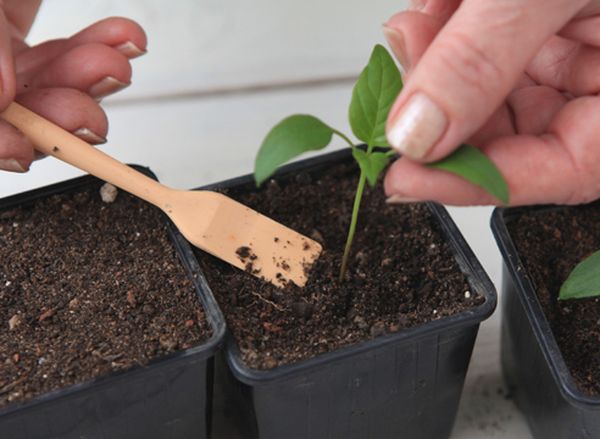
When to do seating
The most favorable time is considered 20 days after the first shootswhen about 2-3 leaves appear on the seedlings.
You can dive even earlier, for example, during the period of cotyledons. It is not recommended to plant when 4-6 leaves appear, the roots of the plant are already sufficiently formed, you can easily damage them.
How to dive
A dive is carried out in several stages:
- Preparing dishes for seedlings;
- Planting pepper.
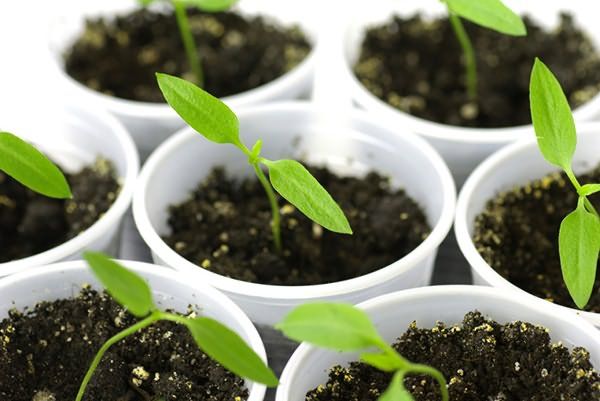
As a container for seedlings you can use tetrapack. These are boxes from under juice or milk in volume of 1 liter. To avoid damage to the root better plant seeds in advance in a separate container, then a picking is not required. But this is not very convenient and they are sown first in one common container. When the seedlings begin to germinate, they can be transferred to separate glasses. This procedure is called a pick.
Bulgarian pepper is best planted in February. Early sowing will give a good harvest, since the growing season of seedlings is much longer than other vegetables. By the next month, the seeds will give from 4 to 6 leaves. To determine an auspicious day for picking, you can simply watch the seedlings.
Training
The percentage of organic fertilizer should fluctuate from 30 to 45% of the total amount of soil. It will not be superfluous to add some mineral fertilizers to the soil.
Amount of fertilizer per 1 cu. ground:
- Ammonium nitrate - 0.8 kg;
- Superphosphate - 1.5 kg;
- Potassium chloride - 0.8 kg.
The prepared soil is laid out in a container intended for diving. Capacity must have a drainage holethrough which the water will pass.
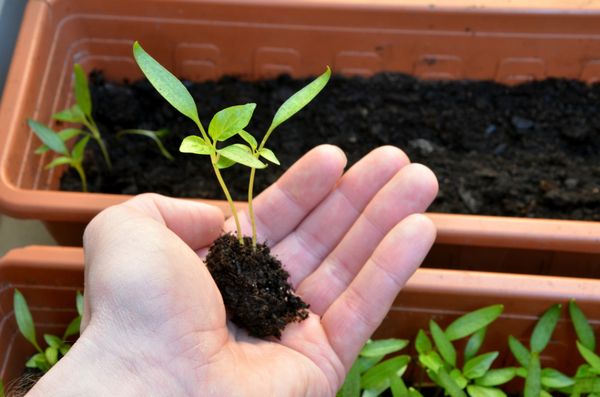
There are two opinions with regards to watering seedlings before diving. Someone a few days before it stops watering the seedlings in order not to make the soil heavier. And someone, on the contrary, a few hours before the pick, poured it abundantly, for easier extraction of the peppers.
Special features
Immediately after the procedure, the seedlings must be identified in a warm place, for 3 days shut out from sunlight. It is better to leave the peppers in the same place where they were, and not to transfer them to places with a different microclimate. So the adaptation process for the plant will be more successful.
The features of the correct picking include timely use of fertilizers. Start feeding should be from 10 days, using the following calculations:
10 liters of warm water:
- Superphosphate 40 g;
- Potassium sulphate 30 g;
- Ammonium nitrate 10 g
One plant will take from 50 to 100 ml of top dressing.As a fertilizer, a decoction of nettle or wood ash is well suited.
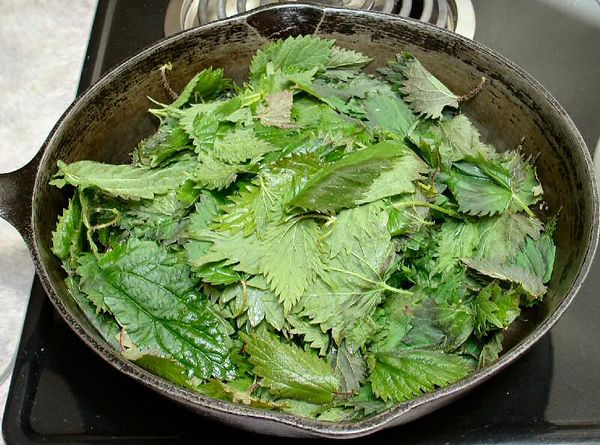
Rules and scheme
The main rule for effective diving is careful and careful removal of seedlings from the soil.
The main stages of the picking:
- We condense the soil in the tank, make a small hole in the middle, then pour water into it;
- Carefully remove the sapling from the general container. If it turned out to take several at once, then the first one is planted out the one that is stronger;
- Put the pepper in the hole. Roots should be freely located;
- The depth of the pepper should be the same as before the transplant, the extra groove can harm the roots;
- Cover the roots with earth and seal around the stem;
- We pour water.
How to care for the seedlings planted
After a dive, it is important to follow certain rules for further care of the seedlings. They include:
- Maintaining the right temperature. For the first time after transplantation, the optimum temperature is 20–22 degrees during the day and at least 14 at night. Then from 23-25 degrees during the day and 18-20 degrees at night;
- Water the saplings regularly.. For the outflow of water must be done in each pot drainage. The first watering after transplantation is carried out after 6 days with clean 25-degree water.
Properly organized picking will help grow healthy and strong peppers, as well as get a good harvest.
